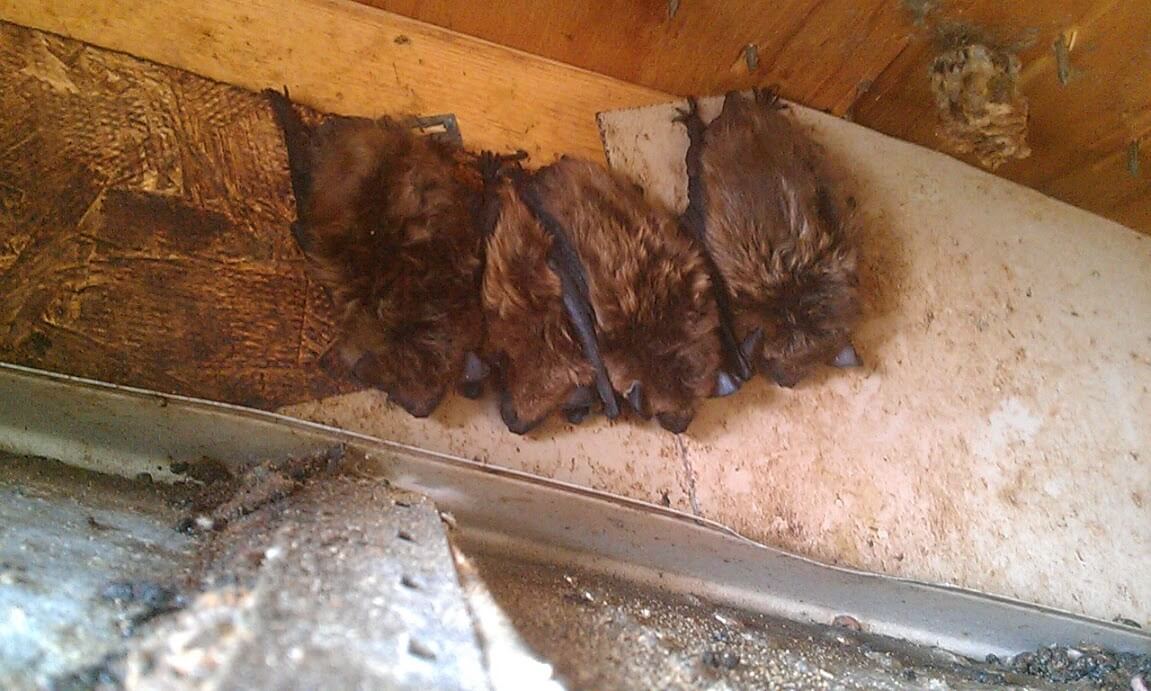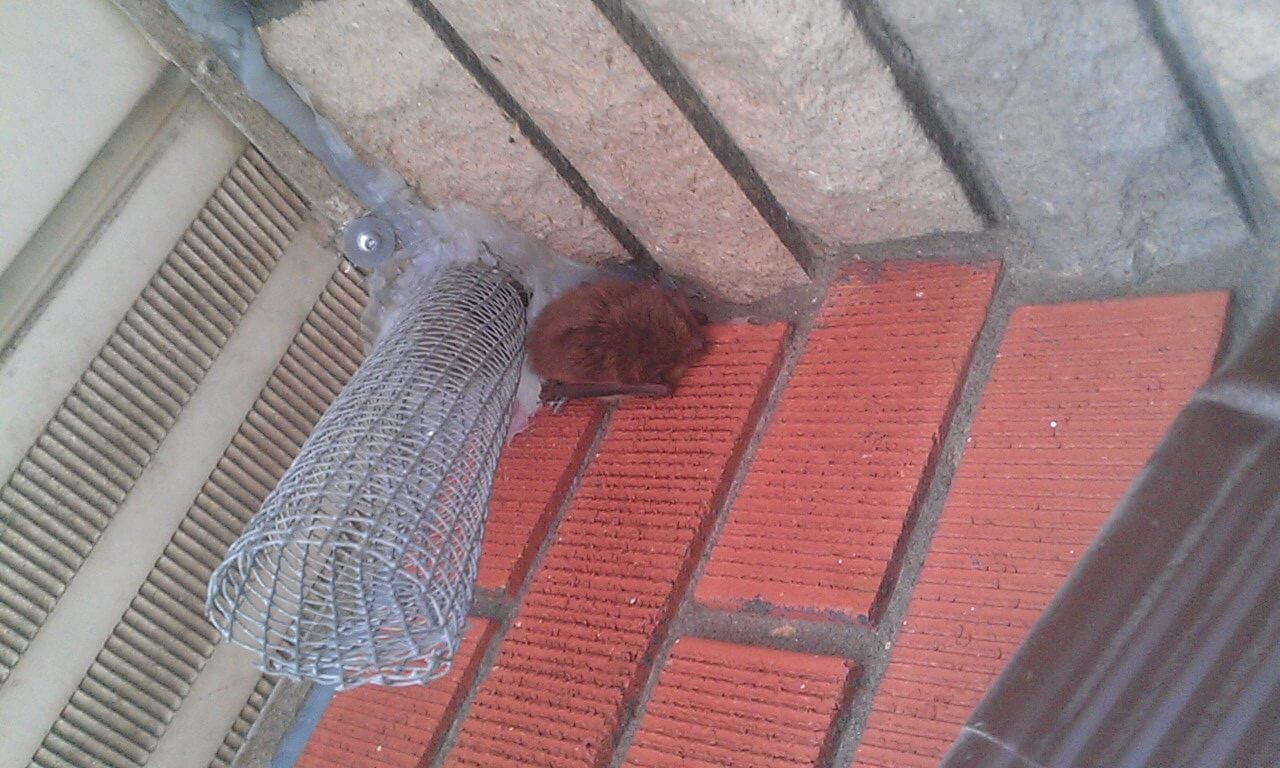BAT REMOVAL PROCESS
Assess and Remove
The key to removing bats from your home is determining their entry points. Bats can enter through small openings and leave very little trace behind. Our expert technicians will identify all the entry points and evict the colony humanely using one-way doors that allow the bats to leave for food but prevent their re-entry.
Clear and Clean
Depending on the size of the colony and how long they’ve been living in the home there could be a large mess to clean up. Our wildlife technicians will thoroughly remove bat guano and disinfect the space to eliminate any harmful traces left behind.
Prevent and Protect
Our wildlife technicians will provide a full, comprehensive protection plan against any future bat infestations. This would include sealing all the tiny gaps and openings around your home’s roofline to keep bats out.
Reviews From Our Toronto Residents
Bats in Toronto
Bats are fascinating animals. The fear of them people tend to have is generally unwarranted, though it can be decidedly difficult to bypass the instinct to flee when you see one in your home! They have unfortunate reputations forged from myths and legends that are not based on reality. All of the species of bats in Ontario are protected under provincial and national laws, making it illegal to harm or kill them. If you have bats in your home, enlist the help of bat removal Toronto experts to humanely and safely remove them.
Bats go dormant for long periods of time over the winter. Different species of bats have varying preferences for where they like to hang. There are five types of bats that spend their winters in Ontario. Of those, you are most likely to see the little brown bat or the big brown bat in your home. Both of these species are known to take up residence in attics, which provide the consistently cool temperatures and protection these animals need during hibernation. They, along with the other species, can also be found in mines, rock crevices and caves.
Hibernation helps bats survive the long, cold Canadian winters when their food sources are scarce. All of the bats in our area are insectivores, so their nourishment is nearly non-existent during the winter months. They are able to conserve energy in the deep sleep of hibernation because of the reduction in body temperature, metabolism and heart rate that occurs in this state. When all of these slow down, their caloric needs diminish as well. If the weather warms up enough, they may rouse for a few hours a day. The little brown bat, however, is known to hibernate for up to six months out of the year.

Bat Facts
Bats face a significant threat from a deadly disease called white-nose syndrome. This disease is caused by a fungus that grows in caves. It infects the bats while they are hibernating. Most of the animals who contract the illness succumb before winter is over. To date, more than 6.7 million bats have died from WNS since 2006.
FACT:
Bats hold the distinction of being the only mammal that can legitimately fly, rather than simply glide. Their wings are formed from a thin membrane that stretches over the animal’s arms and hand. The bone structure of these limbs is similar to those of humans.
FACT:
The primary threat from bats is rabies, though fewer than 1% ever contract the disease. Even so, it can be difficult to distinguish a sick bat from a healthy one, so handling these animals on your own is never recommended.
FACT:
Mothers are invested in raising the single pup they have every year. It takes a lot of energy for her to provide for her offspring, and the risks to the young are high. Humane and effective wildlife control for bats ensures that pups have the best chance for survival. For this reason, Skedaddle takes into consideration where bats are in their reproductive cycles to determine when to humanely remove them.
FACT:
Big brown bats are nocturnal and usually emerge from their roosts about 20 minutes after sunset to feed on insects though they may decide not to feed in windy, rainy or cold conditions.
CHECK OUT OUR LATEST BLOGS



